Natural Language Processing (NLP): The AI Technology Transforming Human–Machine Communication
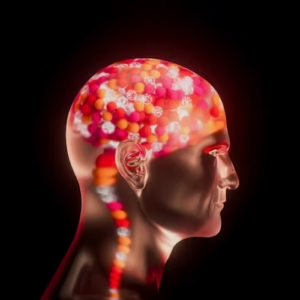
Artificial Intelligence has many branches, but Natural Language Processing (NLP) is among the most impactful.

From chatbots to translation tools, NLP powers the way machines understand and respond to human language.
In today’s world, almost every digital platform is using NLP in one form or another.

Let’s dive into what NLP is, how it works, and why it is considered one of the top 10 AI technologies in the world.

What is Natural Language Processing (NLP)?
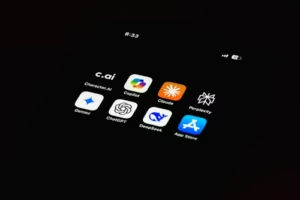
Natural Language Processing (NLP) is an advanced field of AI that focuses on the interaction between computers and human language.
It enables machines to read, understand, and generate human language in a way that feels natural.
For example:
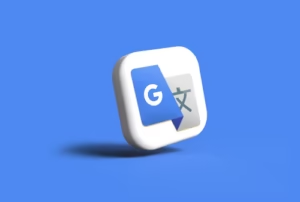
-
Google Translate uses NLP to convert one language into another.
-
Siri and Alexa use NLP to understand voice commands.

-
Chat GPT and other AI assistants rely heavily on NLP to generate responses.
How Does NLP Work?

NLP combines linguistics (the science of language) with machine learning algorithms.
-
Text Preprocessing → Machines break down sentences into words, remove unnecessary symbols, and simplify language.

-
Understanding Context → AI models analyze grammar, meaning, and intent behind words.
-
Generating Output → NLP produces human-like responses, translations, or summaries.

In short, NLP allows machines not only to read words but also to understand the context and emotions behind them.
Real-World Applications of NLP

NLP is everywhere around us. Some common uses include:
-
Voice Assistants – Siri, Alexa, Google Assistant
-
Chatbots – Customer support on websites

-
Translation Services – Google Translate, Deep
-
Sentiment Analysis – Detecting positive or negative reviews
-
Content Creation – AI tools that generate blogs or captions
-
Healthcare – AI analyzing patient notes and medical records

Why NLP is Important in AI
NLP is essential because humans communicate in natural languages like English, Urdu, Spanish—not in codes. If AI cannot understand human language, it cannot provide real solutions.
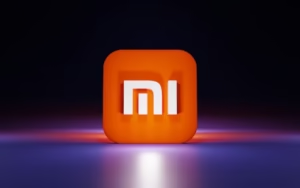
That’s why NLP is a backbone of modern AI—bridging the gap between machines and people.
FAQs About NLP
❓ What are examples of NLP in daily life?
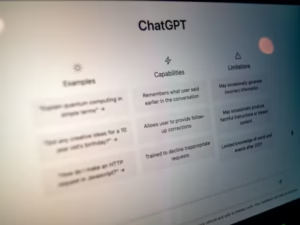
👉 Chat GPT, Google Translate, Grammarly, and Siri are all powered by NLP.
❓ Is NLP the same as AI?

👉 No. NLP is a subfield of AI that deals with language. AI is broader and includes vision, robotics, and learning.
❓ Can NLP understand emotions?
👉 Yes. With sentiment analysis, NLP can detect if a message is happy, sad, angry, or neutral.

❓ What is the future of NLP?
👉 NLP will become more advanced with multilingual understanding, emotional intelligence, and better human-like communication.
My Opinion

I believe NLP is the foundation of modern AI tools. Without it, assistants like Chat GPT or Alexa would not exist. It has opened a new era where humans and machines can truly interact.
My Suggestion

If you’re a student or professional, learning NLP skills such as text mining, Python NLP libraries, and sentiment analysis could be a highly profitable career path.
My Experience / My View

From my experience of using AI platforms, I noticed how much NLP simplifies communication. Tools like Grammarly and chatbots save time, while translation tools break language barriers. It’s amazing how natural and human-like they feel now compared to a few years ago.
My Calculation

Looking at global trends, industries like healthcare, e-commerce, finance, and education are investing billions in NLP. By 2030, the NLP market size is expected to cross $50 billion worldwide.

This means more jobs, more innovation, and more opportunities.
Conclusion & Promo

Natural Language Processing is not just an AI tool—it’s a revolution in communication.

From businesses to personal life, NLP is shaping how we talk to technology.

👉 If you want to stay ahead in the digital era, understanding NLP is essential.